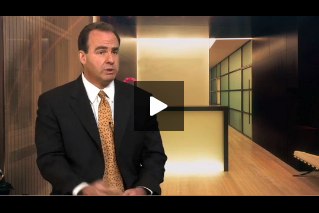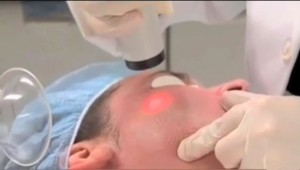
Look younger with fractional laser skin treatments, and get shorter recovery time, too. Dr. Brett Snyder explains how in this video.

Laser skin resurfacing isn’t about burning off the top layer of skin, explains Dr. Snyder, although it’s a common misconception.
“A lot of people think, ‘Oh you’re burning the skin.’ You’re not burning the skin, you’re ablading it,” he says. Ablading is one way to jump-start the healing process, which results in collagen reorganization. That is what brings about the improved tone and texture.
Fractional lasers do this same process in less time because instead of taking out the entire layer of skin, you “blade” just small columns–or fractions–of it. That makes the same end result, but less healing time because there is less damage to heal. “The reason the recovery time is so much less,” says Dr. Snyder, “is usually because within a few hours of a treatment, those little holes have swollen shut.” From there, recovery occurs in just a few days, as opposed to weeks.
Early fractional lasers produced modest results compared to resurfacing lasers. Today’s fractional treatments require more downtime than the earlier ones, but have more significant results. However, he says, that is just a fact of life.
Notes Dr. Snyder, “If you are going to do something to the skin that is going to have significant positive benefit, the unfortunate truth isyou don’t get something for nothing.” Today’s fractional laser treatments still require less recovery time than traditional resurfacing
[media id=86]














Facebook
Twitter
Instagram
YouTube
RSS